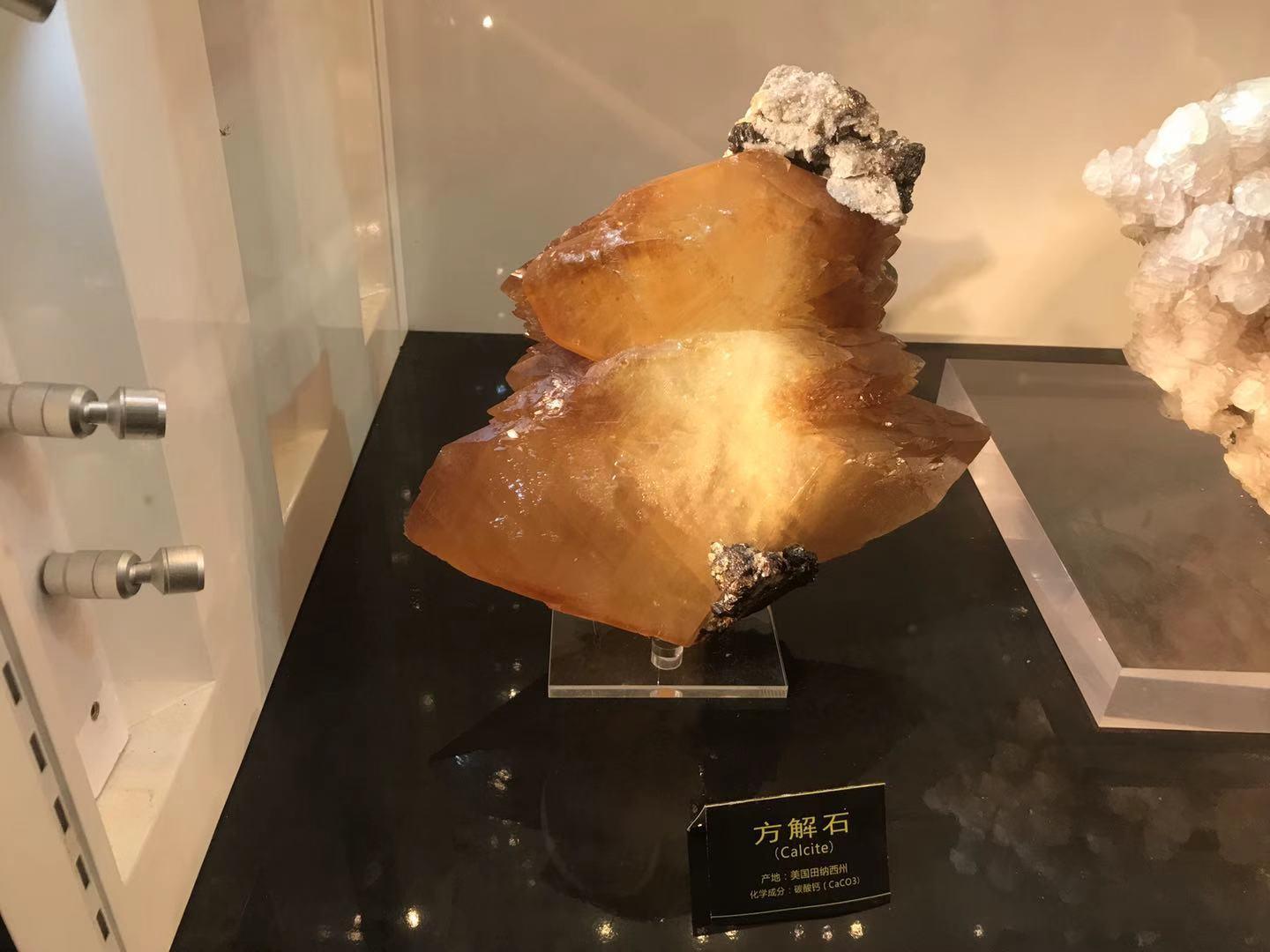The Calcite

Calcite is a kind of calcium carbonate mineral, which is the most common in natural calcium carbonate. Therefore, calcite is a widely distributed mineral. The crystal shape of calcite is various. The aggregate of calcite can be clusters of crystals, or granular, massive, fibrous, stalactite, earthy and so on. Many square fragments can be obtained by knocking on calcite, so it is called Fangjie. The color of calcite varies with impurities, such as light yellow, light red, brown black and so on. But generally white or colorless. Colorless and transparent calcite, also known as Iceland spar, has a wonderful feature, that is, through it you can see objects in a double image. Therefore, Iceland spar is an important optical material. Calcite is the main mineral of limestone and marble, which has many uses in production and life. We know that limestone can form karst caves, and the stalactite, stalagmite and white marble in the caves are actually composed of calcite.
Calcite usually contains isomorphic substitutes such as Mn, Fe, Zn, Mg, Pb, Sr, Ba, Co and Tr. when they reach a certain amount, they can form varieties such as manganese calcite, iron calcite, zinc calcite and magnesium calcite. In addition, hydroxides of brucite, dolomite and iron and mechanical admixtures of oxides, sulfides and quartz are also common in crystals.
Three square crystal system; common intact crystal. There are more than 600 different forms. They are mainly parallel columnar, parallel plate-shaped and rhombohedral or complex triangular. Calcite usually forms contact twins, and more usually forms flake twins. The orientation of the flake twins on the cleavage plane is different from dolomite. In nature, the appearance of flake twins can be used to explain that calcite suffered from geological stress after its formation.




